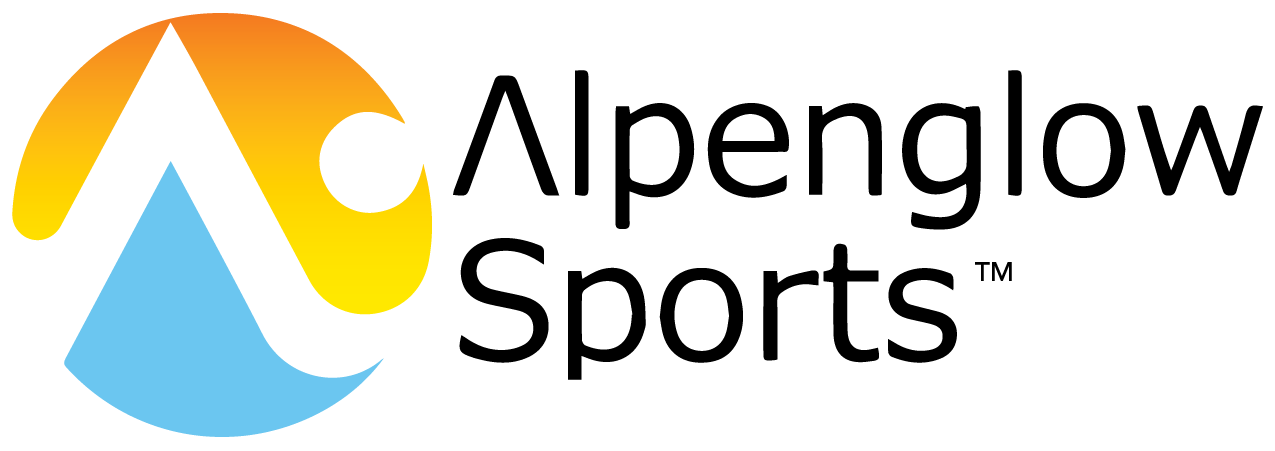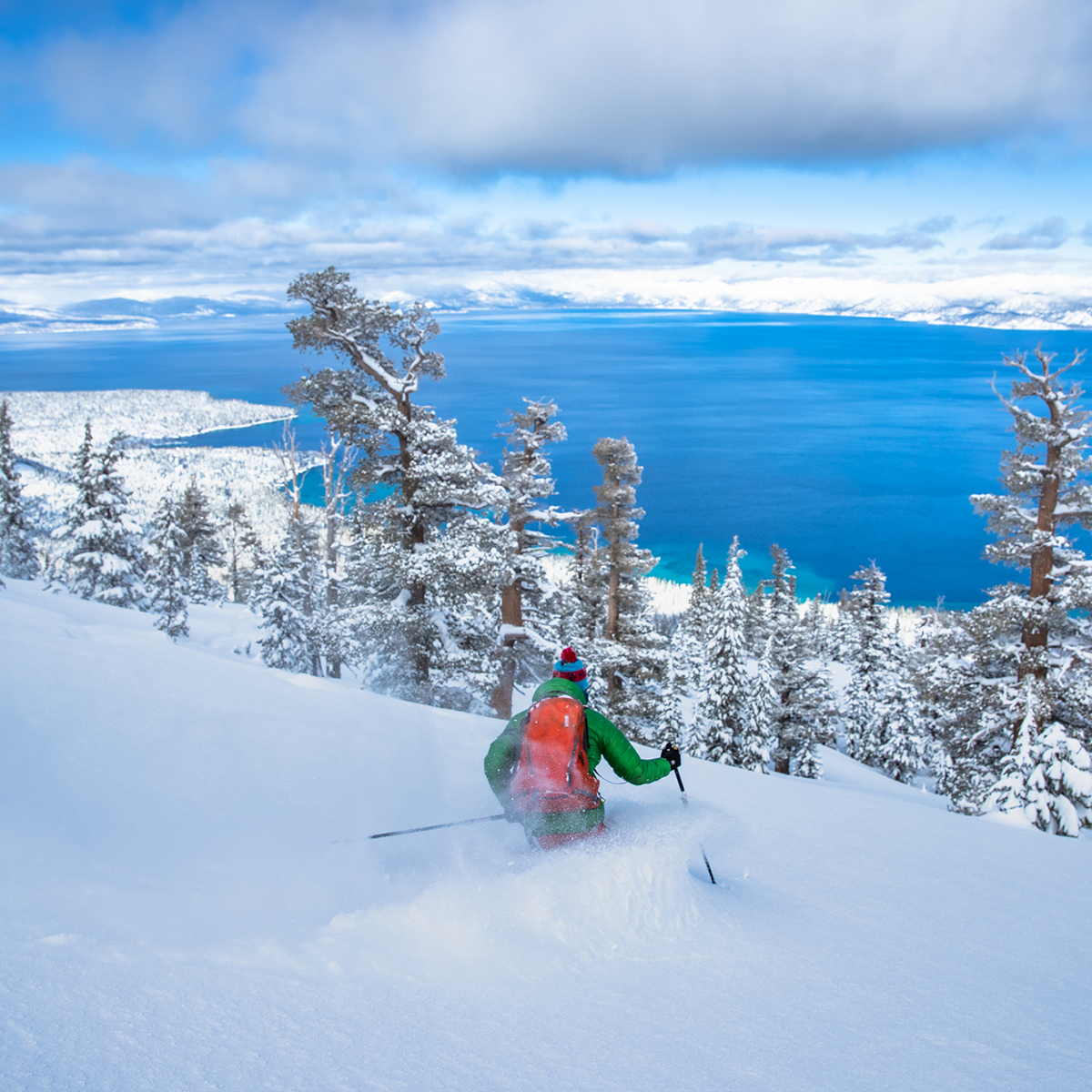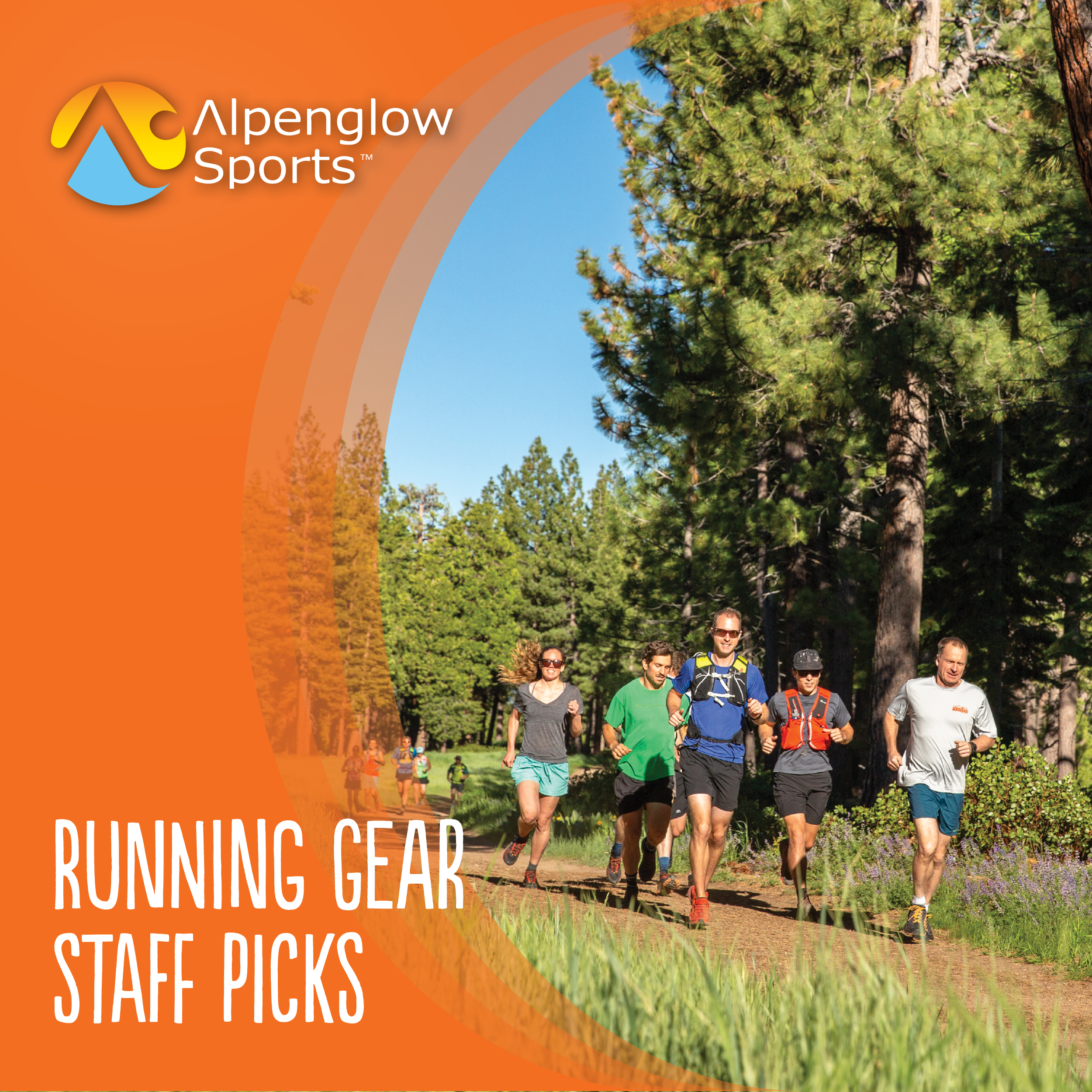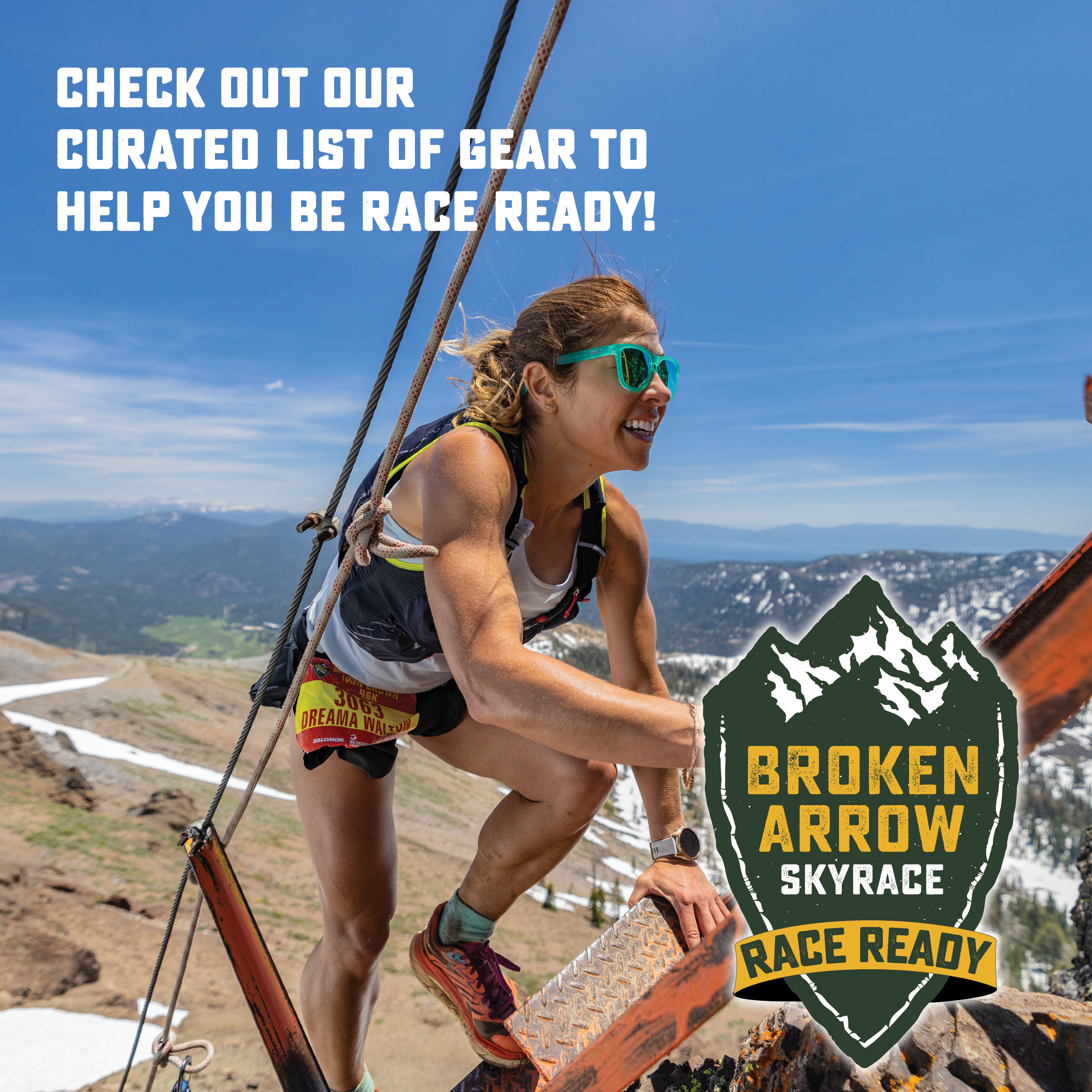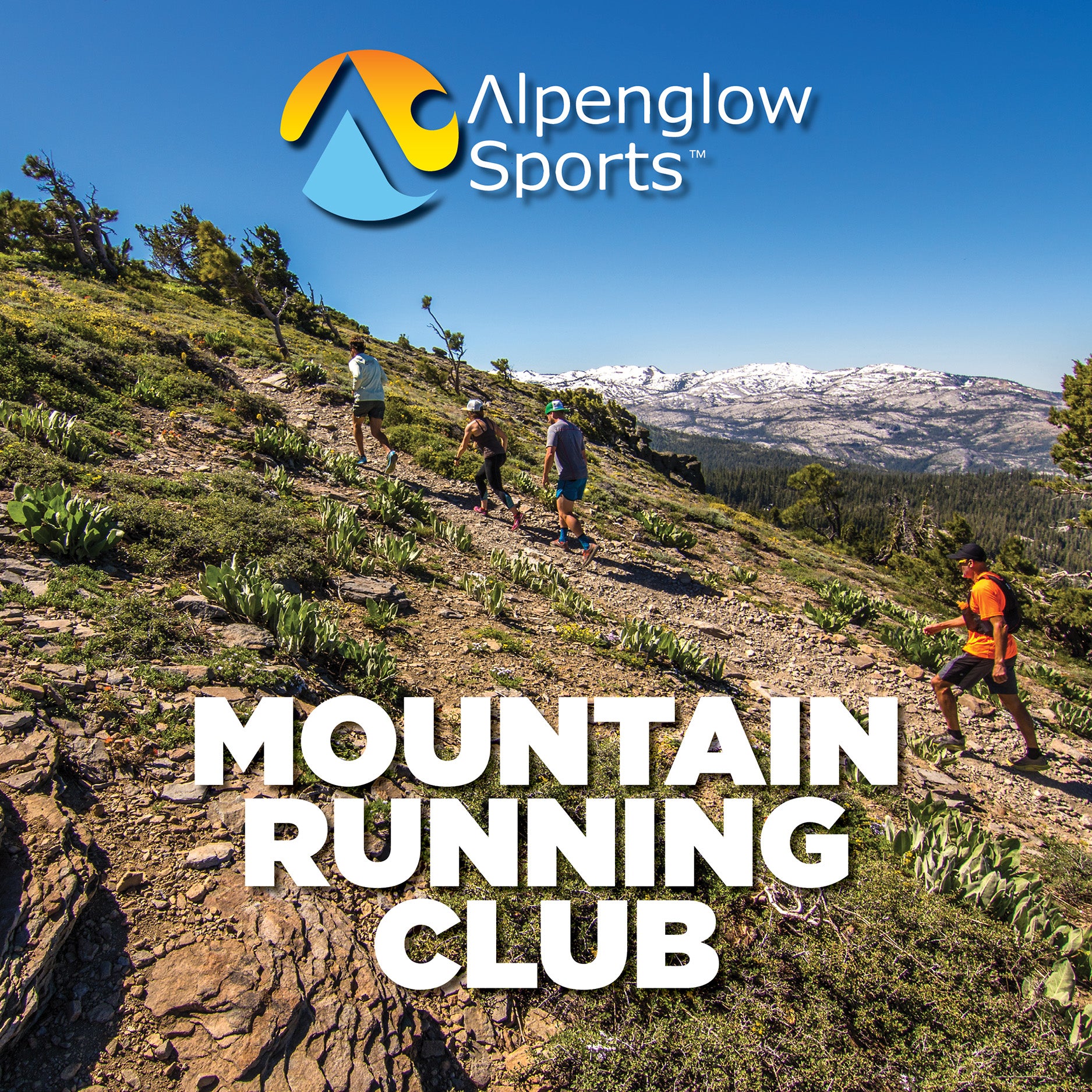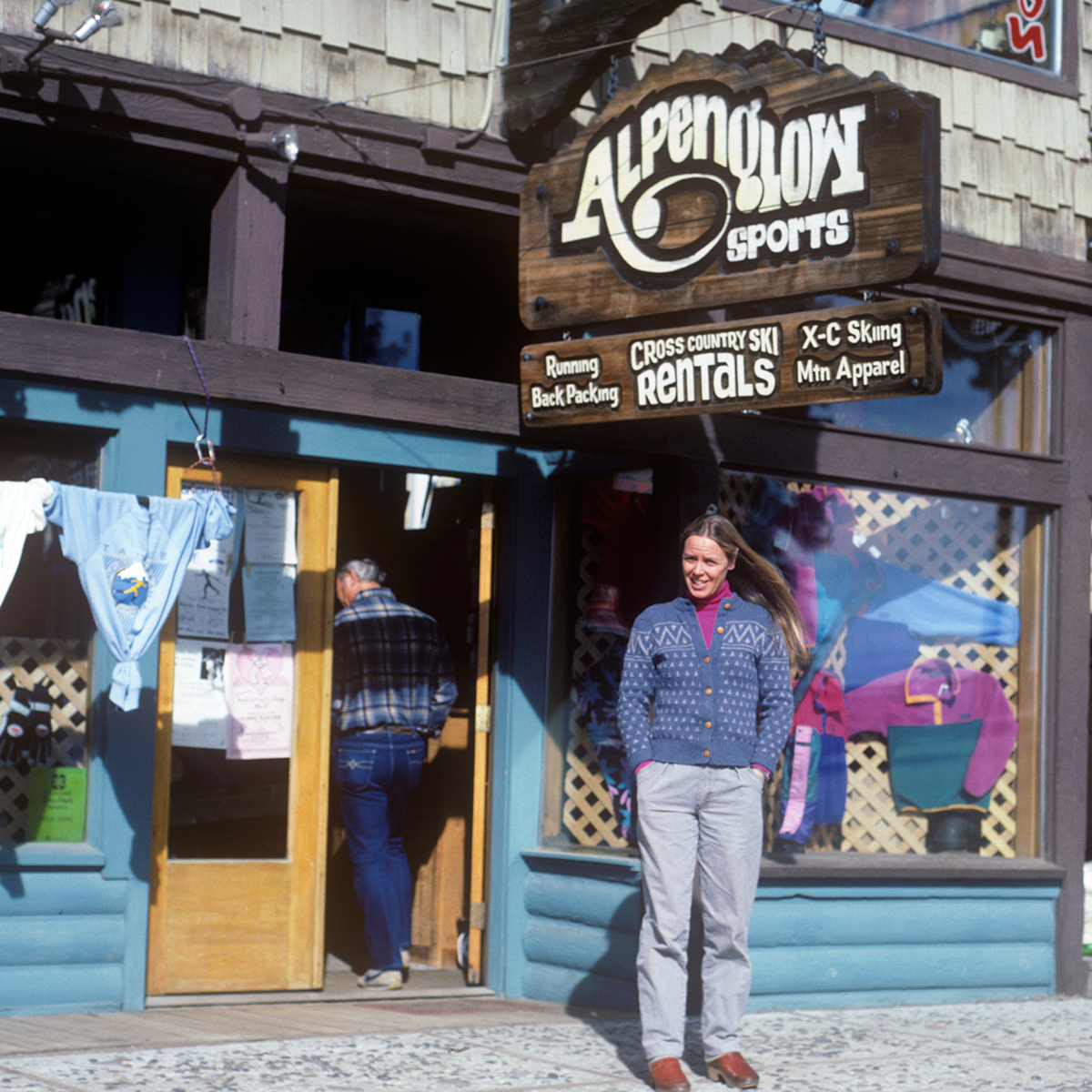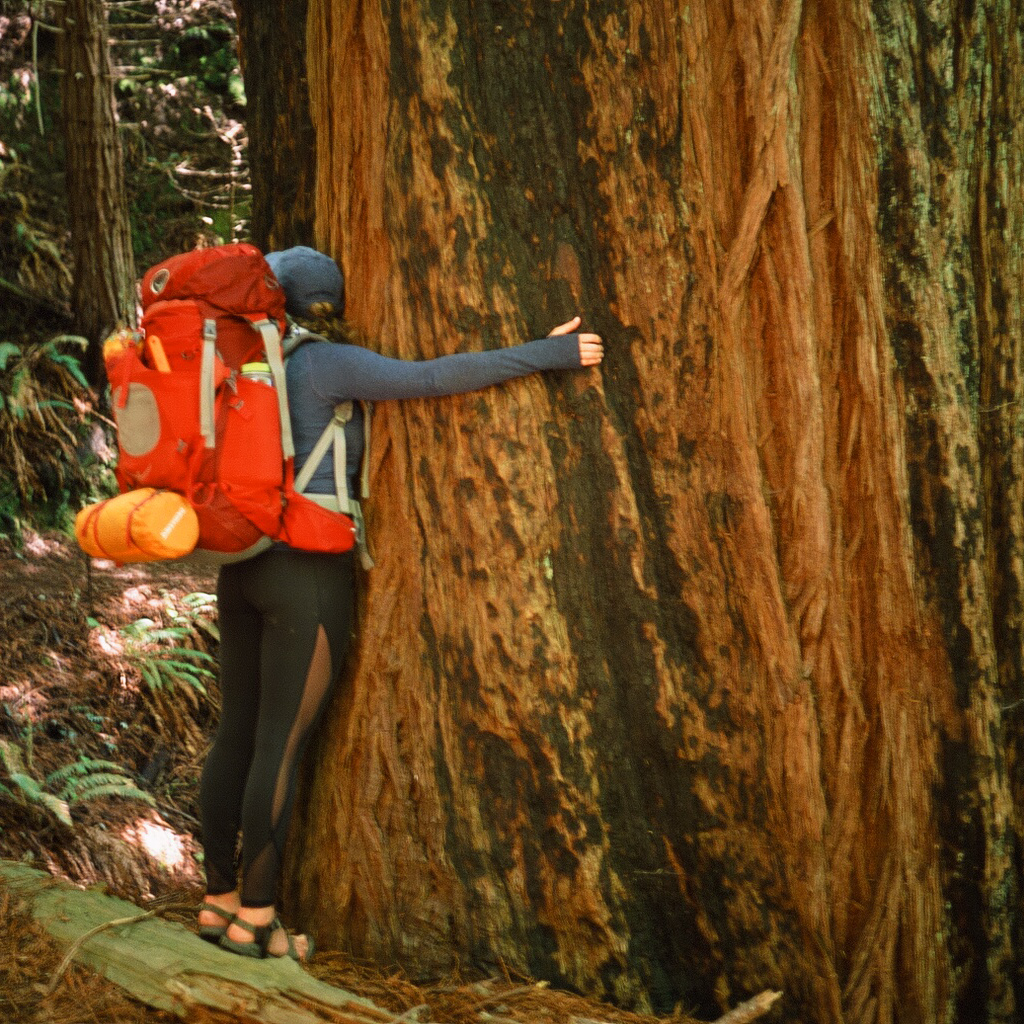

How To Do Nothing
Free Shipping over $100
Pickup currently unavailable at 415 North Lake Boulevard

How To Do Nothing
415 North Lake Boulevard
415 North Lake Boulevard
Tahoe City CA 96145
United States
Shipping & Returns
- Items ship in 3 days or less
- 10 day return policy
- No returns on sale items
- We do not ship anywhere outside of the contiguous US
Click here for our Shipping and Return Policies
Shipping & Returns
10 day
Features
This book has been chosen by Jessica Lisagor for the 2024 Community Book Initiative as a reflection of the theme, stewardship. All profits from the purchases of this book during the 2024 Community Book Initiative event (running from 5/13/24-6/10/24) benefits local nonprofit Clean Up the Lake.
About the Book:
** A New York Times Bestseller **
About Jessica Lisagor:
Jessica Lisagor lives in Olympic Valley with her beloved husband John Morrison, the amazing Dakota + Kye Morrison, and their Red dog. She loves chasing them all around the mountains, except for Red because he is a herding dog. Jessica has spent time away from the mountains to study art and architecture, but can’t stay away for long. She is downhill motivated in the mountains, but alas probably better at the uphill. As she ages, she embraces different aspects of mountain sport including community, family, technical challenge, mindfulness, alignment, and aesthetics. She is currently healing an injury to her left knee, and finding more time and joy in reading.
Why Jessica Chose This Book:
Something I love about architecture is the presence of absence. At first, we often focus on the surfaces and solids, but as we move through space it’s really about the atmosphere of empty spaces between them. In How to Do Nothing, the author Jenny Odell makes the case for creating “negative space” in our complicated, yet often unfulfilling digitally infused lives.
Odell quotes the French philosopher Gilles Deleuze on page 4:
“We’re riddled with pointless talk, insane quantities of words and images. Stupidity’s never blind or mute. So it’s not a problem of getting people to express themselves but of providing little gaps of solitude and silence in which they might eventually find something to say. Repressive forces don’t stop people expressing themselves but rather force them to express themselves; what a relief to have nothing to say, the right to say nothing, because only then is there a chance of framing the rare, and even rarer, thing that might be worth saying.”
This was written in 1985 but feels terribly relevant to today’s attention abusive app scape.
When faced with today’s 24/7 online economy, we are pressured to either be productive, improving ourselves, or documenting ourselves at all times. In How to Do Nothing, Jenny Odell reminds us to take a much needed pause (but not escape) in order to shift direction and make space and time for activism. This includes literal space, like finding an open space to gather, as well as headspace. Odell argues that our atomized app interactions don’t typically lead to effective community action without something more sensorial. Their disconnection from our senses and from spacial and temporal context also allows them to be manipulated by the algorithmic advertising logic of scrolling and clicks. This in turn corrals our attention. Instead of stopping to listen and experience, we are fed more and more of what we already like.
To most of us Instagram or Strava users, a pause can feel like missing out. Odell suggests that “we reimagine #FOMO as #NOMO, the necessity of missing out, and if that bothers you, #NOSMO, the necessity of sometimes missing out.” She reminds us that there is a cost to not missing out: that we lose our ability to “think, reflect, heal, and sustain ourselves - individually or collectively” (p. 22).
So, put down the sensory deprivation rectangle with rounded corners, check out a book, and remember to do Odell’s nothing - pause and engage your senses.
Technical Specs

